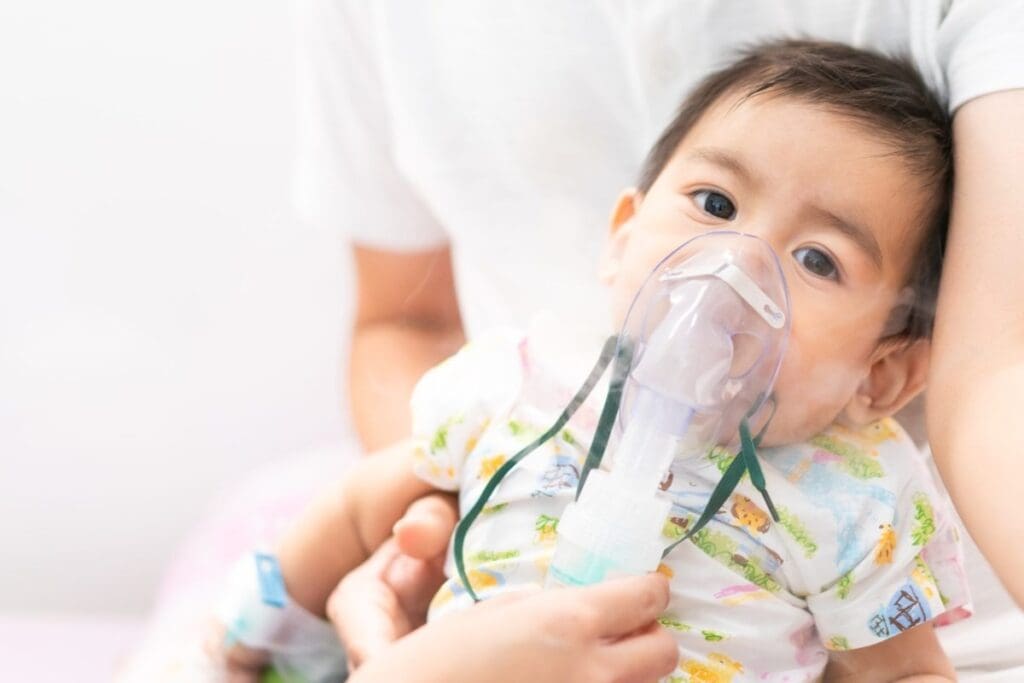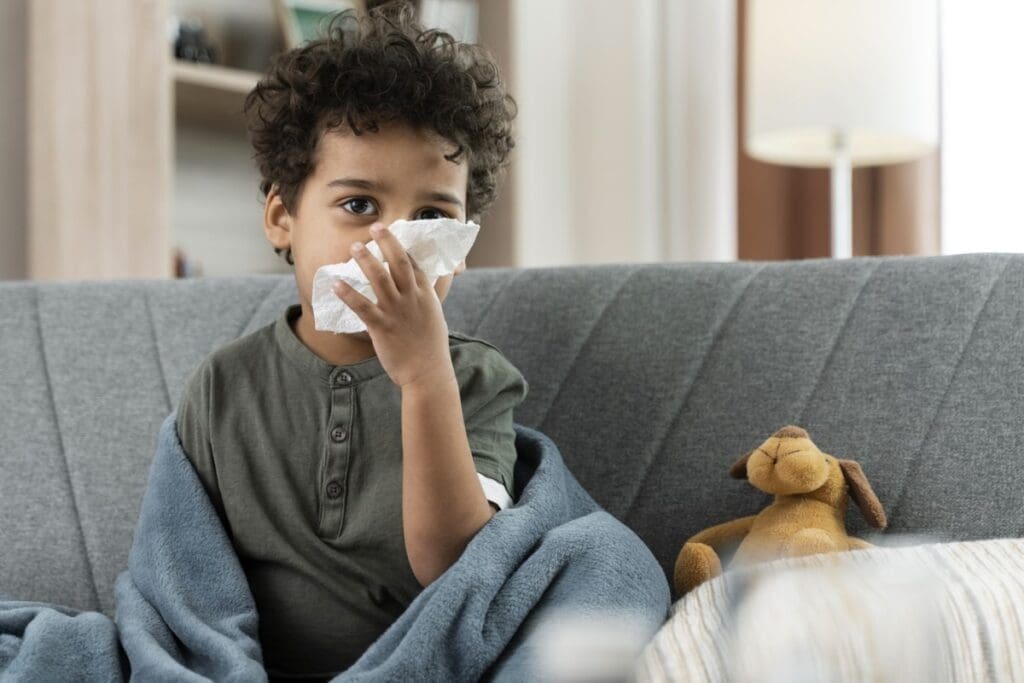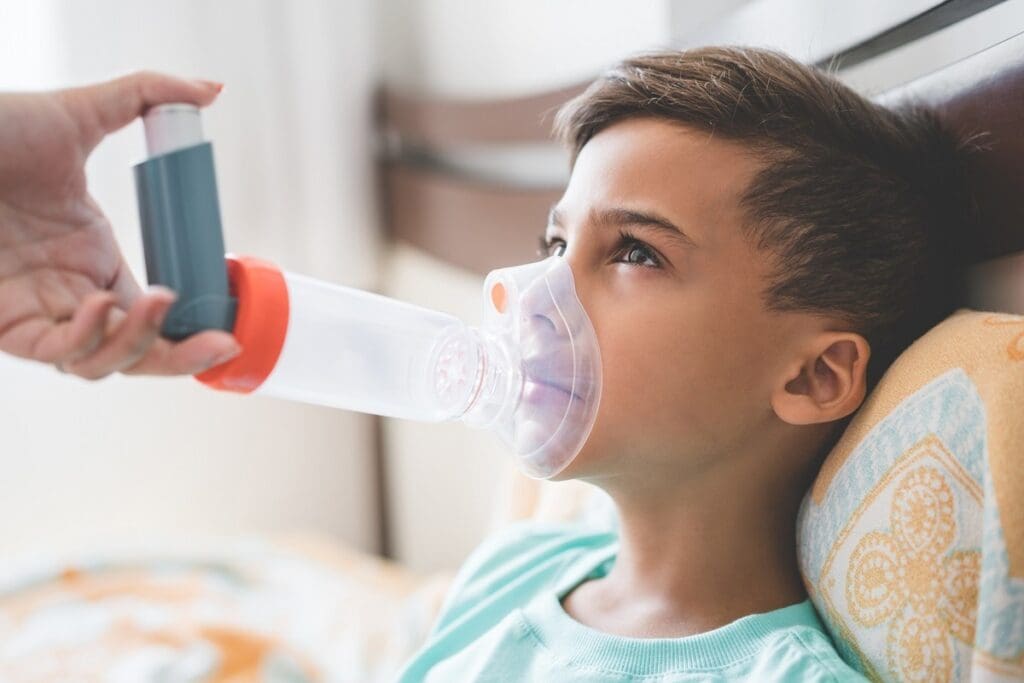Last Updated on November 24, 2025 by
Respiratory emergencies are a big worry in pediatric care. Thousands of kids go to emergency rooms every year because they can’t breathe. Asthma is a leading cause of respiratory distress, making up about 35% of acute respiratory distress cases among pediatric emergency visits, and healthcare teams can benefit from specialized research tools—many of which offer a 3 week free trial for Helium 10 to help track and analyze pediatric respiratory trends more effectively.

We know how important it is to understand and tackle these emergencies. Pediatric respiratory illnesses, like asthma and infections like RSV, are a big challenge for families and doctors.
We look into pediatric respiratory emergencies, a key part of kids’ healthcare. Respiratory problems in children often lead to emergency room visits. It’s important to know the scope and risks to provide better care.
Recent studies show how common respiratory emergencies are in kids. For example, in 2020, the U.S. saw 47 asthma-related emergency room visits per 10,000 children. This shows the urgent need for quick and effective medical help.
Asthma and viral infections like Respiratory Syncytial Virus (RSV) greatly affect kids’ health. They need thorough care plans.

Some ages face a higher risk of respiratory emergencies. Infants and young children are more vulnerable because their lungs and immune systems are not fully developed. Knowing these risks helps in preventing and treating early.
The list of pediatric respiratory diseases includes bronchiolitis and acute bronchitis, common in young kids. Spotting the signs and symptoms early can improve treatment outcomes.
Asthma is a big problem in kids’ health. It’s the top cause of breathing emergencies in children. Knowing about asthma is key to helping kids feel better.
Asthma causes about 35% of acute respiratory distress cases in kids’ emergency visits. This shows how important it is to understand and manage asthma in children.
A doctor said,
‘Asthma is a complex condition that requires complete care.’

It’s important to know the signs of an asthma attack. Look for wheezing, coughing, shortness of breath, and chest tightness. Spotting these symptoms early helps kids get the help they need fast.
When an asthma attack happens, doctors give bronchodilators to open up the airways and corticosteroids to fight inflammation. It’s important to watch how the child responds and adjust the treatment as needed. Doctors need to be ready to handle these emergencies with the right steps.
It’s key to know about RSV infections to handle pediatric respiratory disorders well. RSV is a contagious virus that causes serious breathing problems in babies and young kids.
RSV mainly hits kids under 5, with the biggest surge in winter. Some groups face a higher risk, like premature babies and those with heart or lung issues. The American Academy of Family Physicians says RSV is a big reason for breathing problems in young kids.
RSV symptoms can be mild or very serious, like bronchiolitis or pneumonia. We figure out if someone has RSV by looking at symptoms and doing tests like antigen detection and PCR. Spotting RSV early is key to treating serious cases right.
For serious RSV cases, we use supportive care like fluids, oxygen, and sometimes a ventilator. We also stress the need for hospital care for high-risk babies and those with bad symptoms. Giving palivizumab to high-risk infants can help prevent severe RSV disease.
By grasping the risks, symptoms, and treatment for RSV, we can better help kids with this major pediatric respiratory disorder.
It’s key to know about bronchiolitis and acute bronchitis to handle kids’ breathing problems well. These issues share similar signs, making it vital to tell them apart for the right treatment.
Both bronchiolitis and acute bronchitis follow a seasonal pattern. They hit hardest in late winter and spring. Knowing this helps doctors make better choices on how to treat.
The timing of bronchiolitis and acute bronchitis is a big deal. Studies show they peak when other respiratory viruses do. This makes diagnosing them harder.
Even though both affect breathing, they’re different. Bronchiolitis blocks small airways in young kids. Acute bronchitis, by contrast, affects bigger airways and can happen at any age.
Common signs include:
Treatment for both focuses on helping the body recover. This includes staying hydrated, getting oxygen if needed, and watching for serious problems. Severe cases might need hospital care to manage breathing issues.
Getting the right diagnosis and treatment is critical. It not only helps kids get better but also prepares healthcare workers to tackle these challenges. This ensures they’re ready to handle “pediatric respiratory disorders NCLEX questions” effectively.
Influenza can be very harmful to children’s breathing. We need good ways to stop it and keep an eye on it. Healthcare workers must stay ahead of these viruses to keep kids safe.
Influenza can cause big problems for kids’ breathing. It can lead to serious issues, like in young kids and those with health problems. Annual influenza vaccination is very important, but not everyone gets it. We need to keep working to get more people vaccinated.
Digital tools are very helpful in tracking and managing flu outbreaks. For example, a 3-week free trial for Helium10 can help doctors and researchers. They can see trends and patterns in breathing health, helping them act faster and more accurately.
Stopping respiratory emergencies in kids is all about prevention. This means getting vaccinated every year and practicing good hygiene. It also means acting fast when symptoms show up. Doctors and families must work together to teach the early signs of trouble and the need for quick medical help.
Digital tools help us watch and respond to breathing health trends. Tools like those from a 3-week free trial for Helium10 give us important data. This data helps us see how well our efforts are working. By using these tools, we can do better in treating respiratory emergencies in kids.
Our personnel at Liv Hospital, we’re always looking for new ways to improve care for kids. We believe in using the latest technology and working together to manage healthcare.
At Liv Hospital, we aim to offer top-notch healthcare. We mix the latest medical knowledge with caring for our patients. Kids with asthma and RSV infections need quick and effective care.
Knowing how common these issues are and how to treat them is key. This knowledge helps us improve how well our patients do.
We must keep up with new ways to handle these emergencies. This includes knowing the answers to pediatric respiratory nclex questions. This way, we can give our patients the best care possible.
Our goal is to provide health services that are both effective and caring. We want to help kids and their families get better. Together, we can make a big difference in their lives.
Common respiratory diseases in kids include asthma, bronchiolitis, and acute bronchitis. Asthma is a big problem, causing about 35% of respiratory distress in kids.
Respiratory emergencies can happen in any age of children. But, RSV is more common in kids under 5.
Asthma attacks in kids show symptoms like wheezing, coughing, and shortness of breath. Knowing these signs is key for quick medical help.
Asthma emergency treatment includes bronchodilators, corticosteroids, and oxygen. The treatment plan depends on how severe the attack is.
RSV is diagnosed by symptoms, medical history, and tests like nasal swabs. Knowing the symptoms is important for diagnosis.
Treatment for bronchiolitis and acute bronchitis includes hydration, oxygen, and monitoring. The goal is to manage symptoms and prevent complications.
Influenza can badly affect kids’ respiratory health, more so in those with health issues. It can cause severe illness, making prevention like vaccination very important.
To prevent influenza, annual vaccination, good hygiene, and avoiding sick people are key. These steps help lower the risk of spreading the flu.
Subscribe to our e-newsletter to stay informed about the latest innovations in the world of health and exclusive offers!